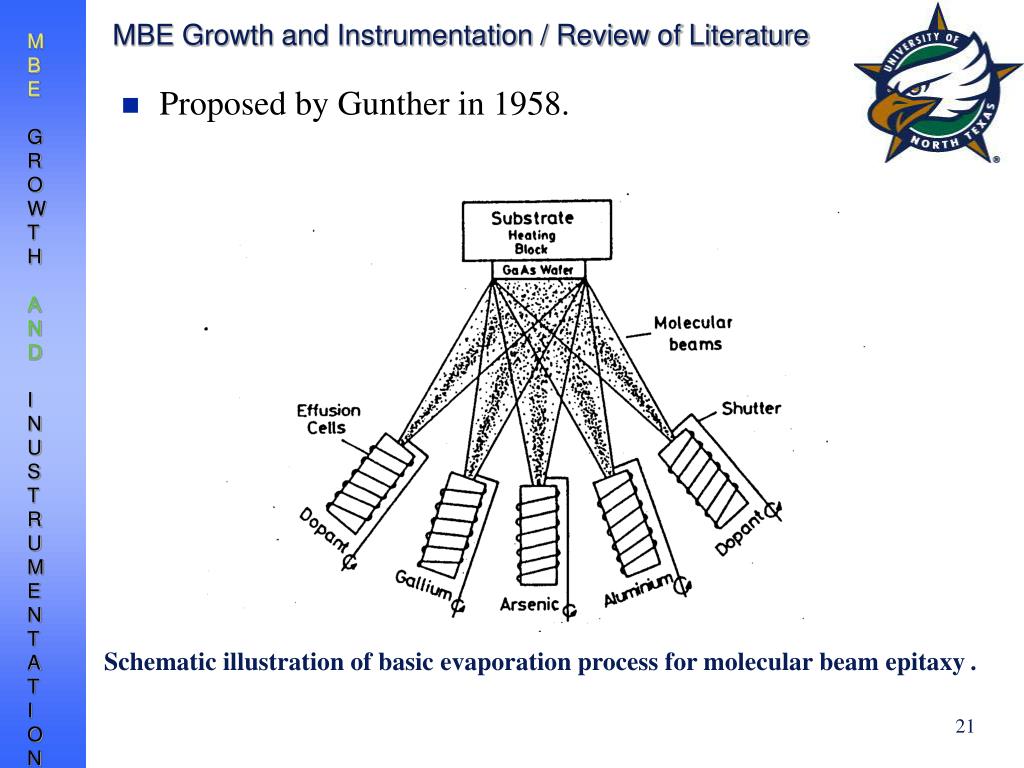
The rated power is specified for the chip resistor, and using the chip resistor with power equal to or lower than the rated power is a basic requirement. A solution to prevent resistive element burnout This damages the resistive element, increasing its resistance or, worst case, leading to breaking the circuit (open circuit failure).

The mechanism by which resistive element burnout occursĪn excessive load, ESD, surge pulse, etc., causes a large current to flow instantaneously through the resistive element, generating heat as a consequence. Resistive element burnout occurs when a resistive element is exposed to an excessive load, ESD, surge pulse, etc. For detailed information about this, please check the product specifications. *The product achieves its guaranteed performance for 1000 temperature change cycles in a -55☌/+175☌ thermal shock test* when mounted under the recommended usage conditions for the solder, board, land, etc. This product has achieved guaranteed performance for 1000 temperature change cycles in a -55☌/+175☌ thermal shock test*. We have a " highly heat-resistant chip resistor" on our product lineup.
#NI VISION DEVELOPMENT MODULE CRACKER CRACK#
Our company adopts a soft electrode material to improve the product's resistance to stress, thereby suppressing crack development. In addition, adopting components highly resistant to thermal shocks (a downsized component, a resistance with elongated electrodes, etc.) are also effective for reducing temperature cycle effects. To alleviate the effects of temperature changes (temperature cycles) repeated in a service environment, it is important to use the proper amount of solder and select appropriate materials (PCB, solder).

4 Image of solder cracking A solution to prevent solder cracking Solder cracking increases the resistance value, leading to an open-circuit failure (wire-breaking) in the end. This is a problem that often occurs in applications involving large temperature differences, such as using the chip resistor as an automotive component, thus it requires special caution to implement. This creates stress that may cause the solder to crack. Preventing electrode separation requires using a proper amount of solder and chip mounting under conditions conforming to recommended reflow conditions.Ĭycles of temperature changes (temperature cycles) repeated in a service environment may cause the chip resistor and the printed board to thermally expand and shrink at respective expansion/shrinkage rates different from each other. 2 Image of electrode separation Solutions to prevent electrode separation Incidentally, the molding resin setting/shrinking leads not only to cracking of the terminal but also to cracking of the chip itself. In addition, using a special solder type that suppresses crack formation, such as high-temperature solder, may also cause electrode separation. This failure occurs when too much solder is used, or the chip resistor is mounted under reflow conditions not conforming to recommended reflow conditions. This increases the resistance value and ultimately leads to an open circuit failure (wire-breaking). These phenomena create strong stress applied to the intermediate electrode, causing it to separate from the inner electrode. The mechanism by which electrode separation occursĪ reflow process involves solder shrinking excessively, the printed board's bending, or the molding resin setting/shrinking.

1 Chip resistor structure (outline) Electrode separationĮlectrode separation refers to a fault case where strong stress applied to a chip resistor causes the inner electrode to separate from the intermediate electrode. Summary of failure causes of chip resistor Fig.

Resistance value increase, open circuit (wire breakage) Resistance value reduction, shorted circuit This article will explain the other four items, including "Electrode separation" and "Resistive element deterioration." All No. In the previous article, in addition to "Outline of failure phenomena," we also explained, "Migration," "Electrolytic corrosion," and "Sulfurization" listed below. Technical information Chip resistor's failure phenomenon/mechanism and solutions (2)


 0 kommentar(er)
0 kommentar(er)
